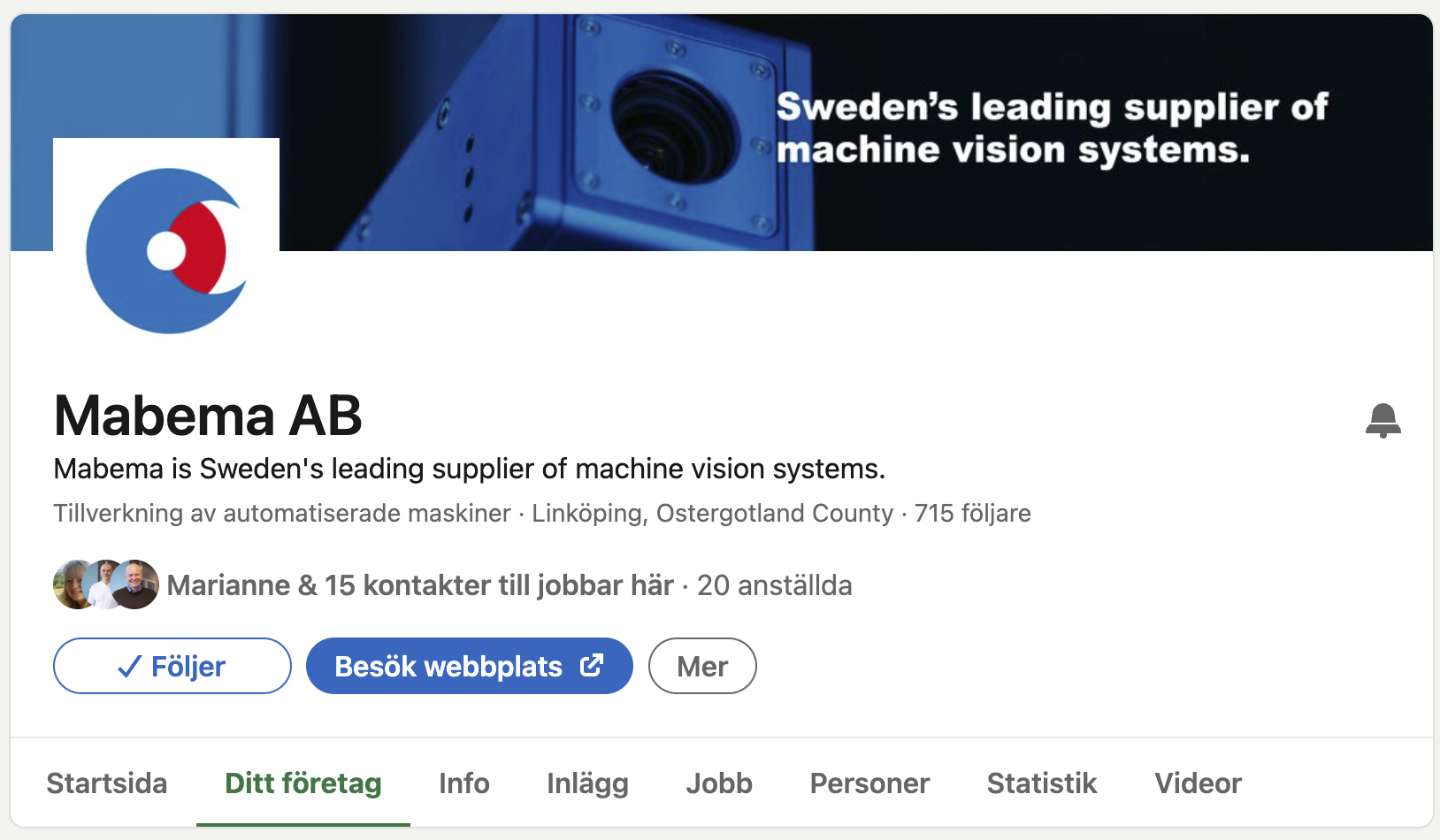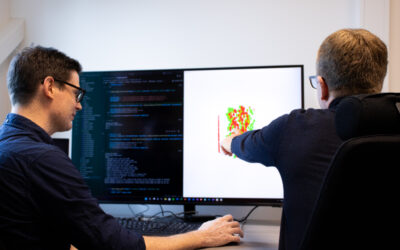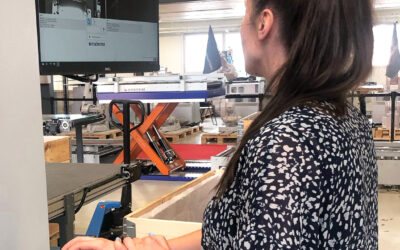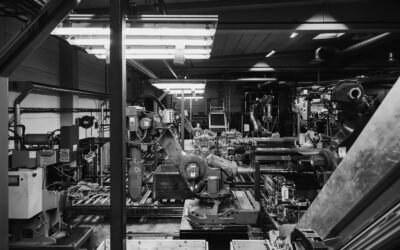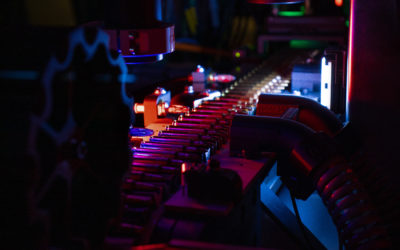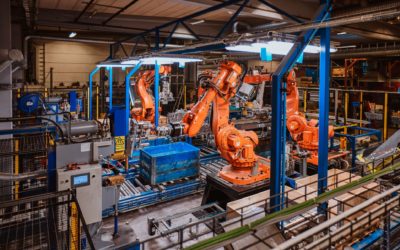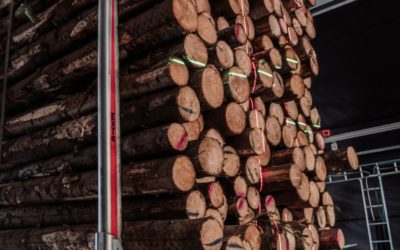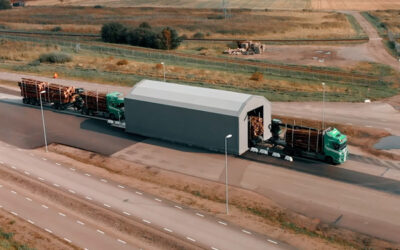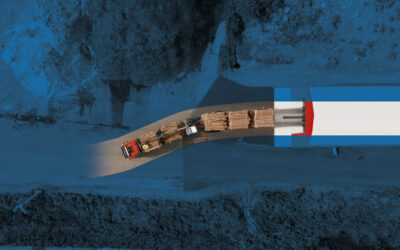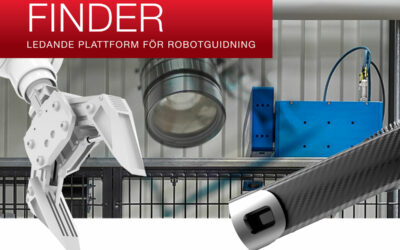From AAI 1.0 to AAI 3.0
In 2016, we received a request from a Scandinavian ammunition manufacturer looking to automate their quality inspection process. And simply, this is where the product we call AAI, or Automated Ammunition Inspection was born. As the first product, it worked well, but there was of course room for improvement. Since the parts slid though the machine, one of the major challenges was the varied friction. It made it difficult to achieve consistent results for certain inspections since we had limited control over the position of the parts within the machine.
A little over a year later, at the end of 2017, we reengineered the mechanics of the machine and AAI 2.0 was introduced to the market. Stops were introduced along the way, for example by image capture and sorting, to gain better control over the whereabouts of the parts. We knew that one solution to gain full control over the parts was to reduce the throughput rate, essentially making the machine slower, though this would not meet the customer’s process requirements. AAI 2.0 machines were sold to manufacturers in Sweden, Norway, Finland, and a few in the United States and most of them are still in operation.
The Crucial Evolution of Part Transportation in AAI 3.0
Today’s AAI, which we refer to as 3.0, features four inspection stations, and we can identify over 30 different types of defects through 360° inspection. One of the significant mechanical upgrades we aimed for when continuing to develop the AAI was how the parts travel within the machine. If they travel sideways instead of lengthwise, the machine can operate at a slower pace without altering the throughput rate. In the production of AAI 3.0 the former transport method relying on gravity and friction was replaced with a conveyor belt where the parts move sideways at an unchanged throughput rate. Unlike the sliding transport method, the conveyor belt gives us full control of the parts whereabouts in the machine.
We have also worked extensively to enable customers to operate and customize the machine for different caliber sizes as smoothly and easily as possible, and we have, and still are, making great progress in that regard. Currently, the most significant challenge is in the software, involving setting the sorting level the customer wants for their inspection. Sorting level encompasses how severe a defect can be before the part is sorted out as not acceptable. Different customers have highly individual opinions on what constitutes an acceptable part, making it difficult to establish a standard level. At the moment, we customize the sorting levels for each customer to find suitable settings with the possibility to adjust them later on.
More and more companies in the manufacturing industry are venturing into automating their quality inspections, and this includes ammunition manufacturers. In the past, all types of quality inspection in ammunition manufacturing were done manually by factory workers. Usually, it involved rotating parts passing by on a conveyor belt, which the worker would examine to determine whether they met quality standards or not. Manual quality inspection works quite well actually, but the assessment can never be entirely objective. At Mabema we believe that automated processes are the future and can guarantee that through automated quality inspection there is consistent and objective evaluation, regardless of the circumstances.
The Machine Guide
The parts enter the machine through a feeder and are then placed one by one on the conveyor belt by a rotating wheel. The parts travel through the machine at a controlled throughput rate of 120 parts per minute. Different types of lighting and cameras are used at the inspection stations depending on the type of defect the station is intended to detect. Technically, we are looking for deviations on a reasonably uniform surface. Since we rotate the part 360° at the final inspection station, only one camera is needed to capture an image of the part’s entire surface. We obtain the surface image by using a line scan camera that captures only one pixel row at a time and then our software stitch them together to a full surface image. Although the final inspection step only technically requires one camera to obtain the surface image, we have installed both a 2D and 3D camera since some defects are more visible in one type of image.
